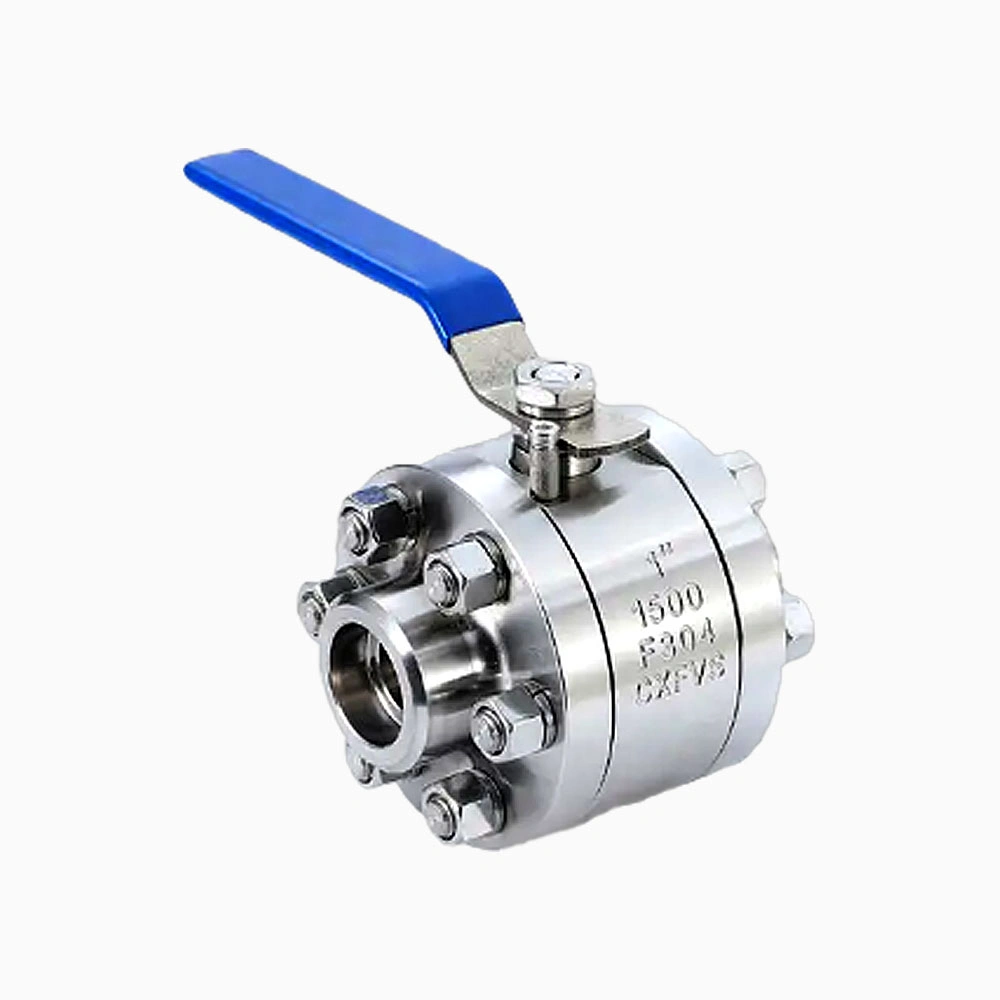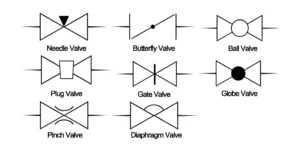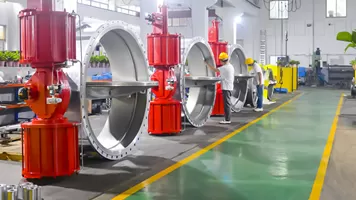When it comes to fluid control systems, ball valves are among the most widely used components due to their reliability, durability, and ease of operation. Among the various types of ball valves, the floating ball valve stands out as a popular choice for many industrial and residential applications. But how does a floating ball valve work? In this article, we’ll dive deep into the mechanics, advantages, applications, and maintenance of floating ball valves, providing you with a complete understanding of this essential device.
What is a Floating Ball Valve?
A floating ball valve is a type of quarter-turn valve that uses a hollow, perforated, and pivoting ball to control the flow of liquids or gases. The term “floating” refers to the design of the ball, which is not fixed in place but instead floats between two sealing rings. This design allows the ball to move slightly under pressure, creating a tight seal and ensuring efficient flow control.
Floating ball valves are commonly used in industries such as oil and gas, water treatment, chemical processing, and HVAC systems. Their ability to handle high pressures and temperatures, combined with their simple design, makes them a versatile and reliable choice for many applications.

How Does a Floating Ball Valve Work?
To understand how a floating ball valve works, let’s break down its components and operation:
1. Key Components of a Floating Ball Valve
-
Ball: The spherical ball has a hole (bore) through its center. When the valve is open, the bore aligns with the flow path, allowing fluid to pass through. When closed, the ball rotates 90 degrees, blocking the flow.
-
Stem: The stem connects the ball to the external handle or actuator. It transmits the rotational force to the ball, enabling it to open or close.
-
Seats: These are sealing rings located on either side of the ball. They ensure a tight seal when the valve is closed, preventing leakage.
-
Body: The body houses all the internal components and is designed to withstand the pressure and temperature of the fluid.
-
Handle or Actuator: This is the external component used to operate the valve manually or automatically.
2. The Floating Mechanism
The unique feature of a floating ball valve is its floating ball design. Unlike a trunnion ball valve, where the ball is fixed in place, the ball in a floating ball valve is free to move slightly along the vertical axis. Here’s how it works:
-
When the valve is closed, fluid pressure pushes the ball against the downstream seat, creating a tight seal.
-
The floating action ensures that the ball maintains contact with the seat, even under varying pressure conditions.
-
This self-adjusting mechanism enhances the valve’s sealing performance and reduces the risk of leakage.
3. Operation of a Floating Ball Valve
-
Opening the Valve: When the handle or actuator is turned 90 degrees, the stem rotates the ball so that the bore aligns with the flow path. This allows fluid to pass through the valve.
-
Closing the Valve: Turning the handle or actuator back to its original position rotates the ball so that the bore is perpendicular to the flow path, blocking the fluid.
Advantages of Floating Ball Valves
Floating ball valves offer several benefits that make them a preferred choice for many applications:
-
Excellent Sealing Performance: The floating design ensures a tight seal, even under high pressure.
-
Compact and Lightweight: Their simple design makes them easy to install and maintain.
-
Low Torque Operation: Floating ball valves require less force to operate, making them suitable for manual and automated systems.
-
Versatility: They can handle a wide range of fluids, including water, oil, gas, and chemicals.
-
Durability: Made from robust materials like stainless steel, brass, or PVC, floating ball valves are built to last.
Applications of Floating Ball Valves
Floating ball valves are used in a variety of industries and applications, including:
-
Oil and Gas: For controlling the flow of crude oil, natural gas, and refined products.
-
Water Treatment: In pipelines and distribution systems for clean and wastewater.
-
Chemical Processing: To handle corrosive and hazardous fluids.
-
HVAC Systems: For regulating the flow of heating and cooling fluids.
-
Residential Plumbing: In household water supply systems.
Floating Ball Valve vs. Trunnion Ball Valve
While both floating and trunnion ball valves serve similar purposes, they differ in design and application:
-
Floating Ball Valve: The ball is free to move slightly, relying on fluid pressure to create a seal. It is ideal for low-to-medium pressure applications.
-
Trunnion Ball Valve: The ball is fixed in place by a trunnion, making it suitable for high-pressure and large-diameter pipelines.
Maintenance Tips for Floating Ball Valves
To ensure the longevity and optimal performance of your floating ball valve, follow these maintenance tips:
-
Regular Inspection: Check for signs of wear, corrosion, or damage.
-
Lubrication: Apply lubricant to the stem and seats to reduce friction and prevent sticking.
-
Cleaning: Remove debris and buildup from the valve body and components.
-
Leak Testing: Perform periodic leak tests to ensure proper sealing.
-
Replacement of Seals: Replace worn-out seats and seals to maintain a tight seal.
Conclusion
Understanding how a floating ball valve works is essential for selecting the right valve for your application. With its simple yet effective design, excellent sealing performance, and versatility, the floating ball valve is a reliable choice for controlling the flow of fluids in various industries. Whether you’re working in oil and gas, water treatment, or HVAC systems, a floating ball valve can provide the durability and efficiency you need.
By following proper maintenance practices and choosing the right materials and design, you can ensure that your floating ball valve operates smoothly for years to come. If you’re looking for a cost-effective and reliable solution for fluid control, the floating ball valve is undoubtedly worth considering.
FAQs About Floating Ball Valves
-
What is the difference between a floating ball valve and a trunnion ball valve?
-
A floating ball valve has a ball that moves slightly under pressure, while a trunnion ball valve has a fixed ball supported by a trunnion.
-
-
Can floating ball valves handle high-pressure applications?
-
Floating ball valves are best suited for low-to-medium pressure applications. For high-pressure systems, trunnion ball valves are recommended.
-
-
What materials are floating ball valves made from?
-
They are typically made from stainless steel, brass, PVC, or other materials depending on the application.
-
-
How do I know if my floating ball valve is leaking?
-
Signs of leakage include visible fluid around the valve, reduced system pressure, or unusual noises during operation.
-
-
Can floating ball valves be automated?
-
Yes, floating ball valves can be equipped with actuators for automated operation.
-







